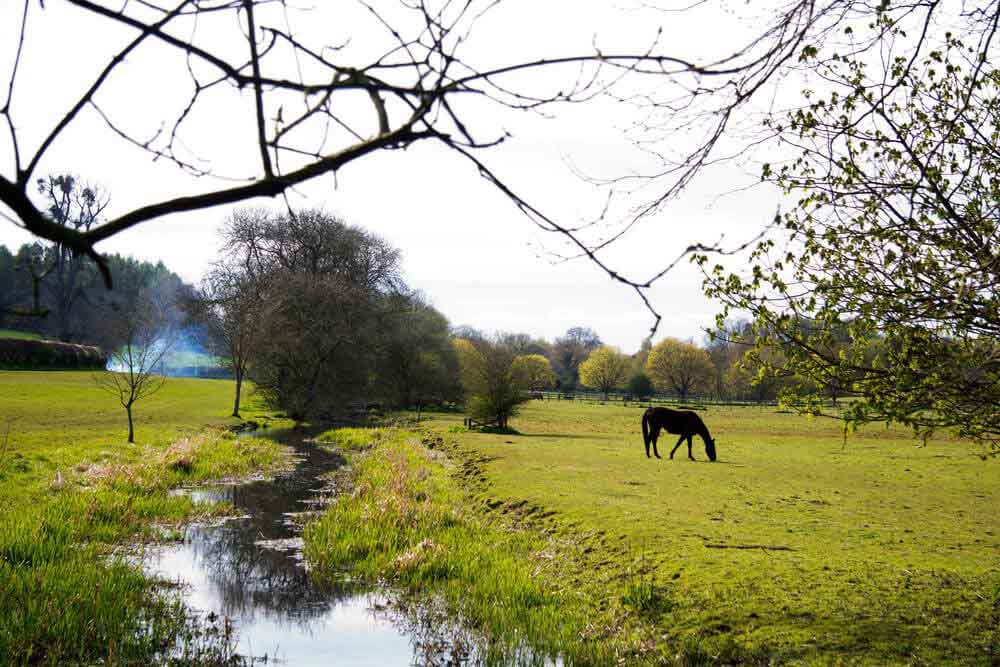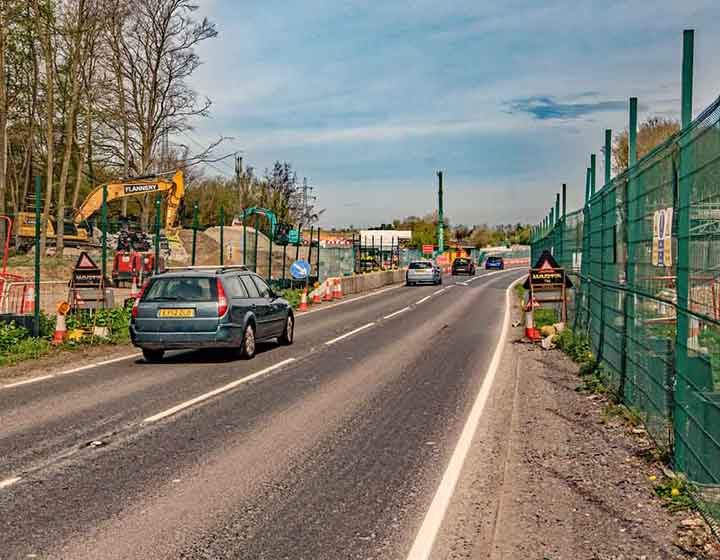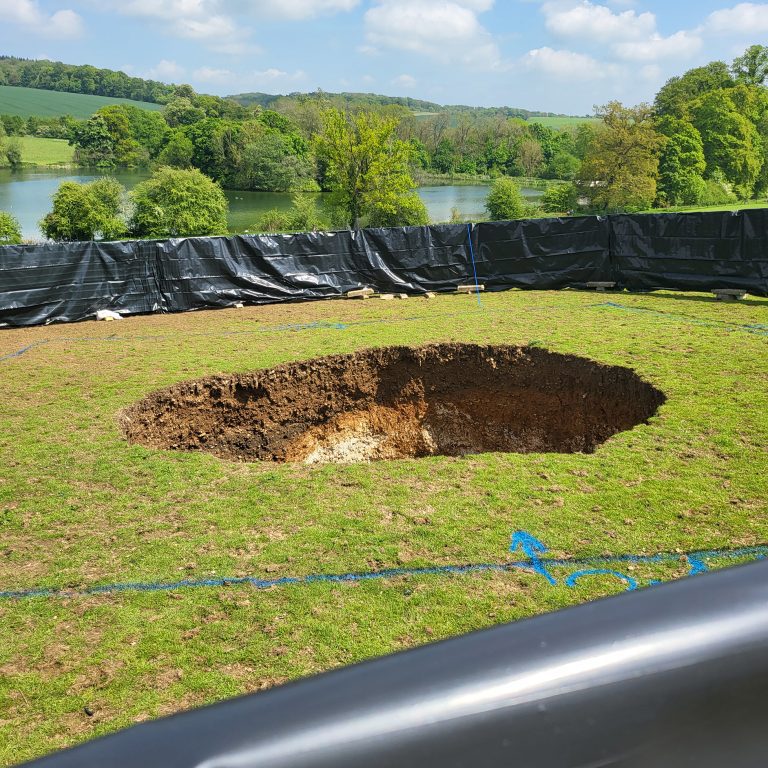During the last ice age, as a mountain of ice scrunched its way through the Chilterns, creating the valleys and escarpments we have today. The weight of the ice was so heavy it smashed the top layer of chalk rock into millions of tiny pieces – chalk rubble.
What eventually emerged were some of the rarest streams in the world. Nearly nine of out ten of all the chalk streams on the globe are found in England, and most of those, like the Rivers Misbourne and Chess, are here in the Chilterns. They are very rare and very delicate and act as the home for threatened plants and animals such as water vole and brown trout.
Several thousand years later HS2 came along and said it was going to build a tunnel just under these delicate steams.
Dr Haydon Bailey, the Society’s geology representative, who is one of Britain’s top experts on chalk, warned of the real danger of doing such a thing. This was nothing like tunnelling through the solid chalk of the Channel Tunnel, he said. Tunnelling through chalk rubble and then sending through fast, vibrating trains several times a day is likely to have a serious impact. In fact the entire water table could be so disrupted, the rivers, or parts of them, could actually disappear.
In 2012 Dr Bailey outlined the dangers in the Society’s response to HS2 Ltd’s environmental statement. The Department of Transport and the company noted them and placed the file on the “deal with later” shelf.
In 2014 Dr Bailey, giving evidence to the House of Commons Select Committee on behalf of the Society, repeated the dangers. The MPs listened politely and placed the file on the “deal with later” shelf.
In 2016 Dr Bailey repeated his evidence to the House of Lords Select Committee. Their lordships ignored it.
So HS2 was agreed by Parliament. Budgets have been prepared and construction companies lined up. During 2017 ground engineers have probed the suitability of the land for tunnelling in the Misbourne Valley. And guess what. They think they may have a problem.
“This review has shown that the chalk along the Misbourne is very heavily faulted and fractured,” the Environment Agency said in a letter to worried conservation groups, alerted by Dr Bailey’s evidence. “The cross-sections produced have identified numerous features that have not been previously picked up by the British Geological Survey or by historic investigations… this critical information has reinforced the need for very careful design throughout the Misbourne Valley and the requirement for further ground investigation studies of the Chilterns Aquifer.”
The Society believes the safest and environmentally sound option is to build a three bore tunnel deeper – beneath the chalk rubble and through the stable chalk. We continue to promote this alternative.





